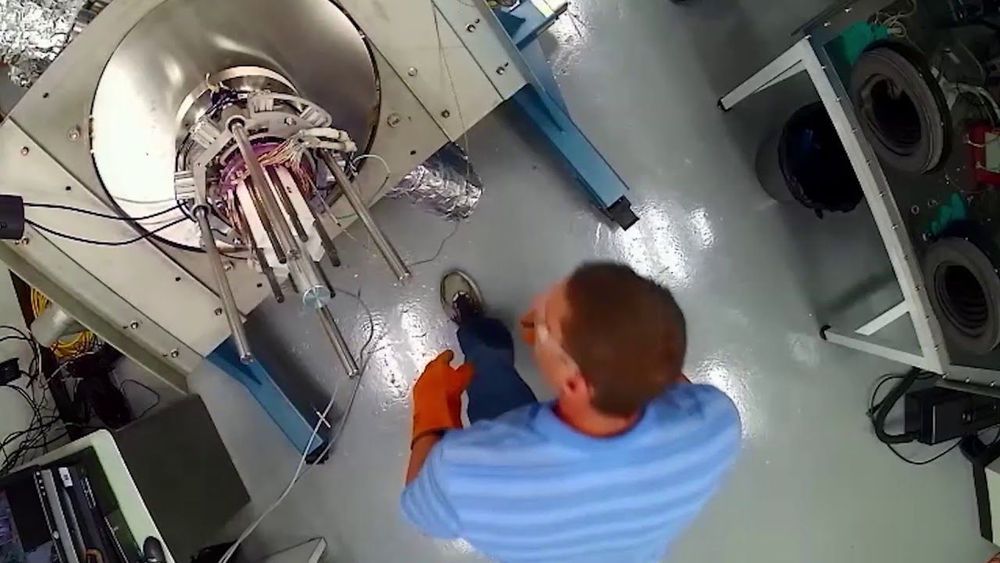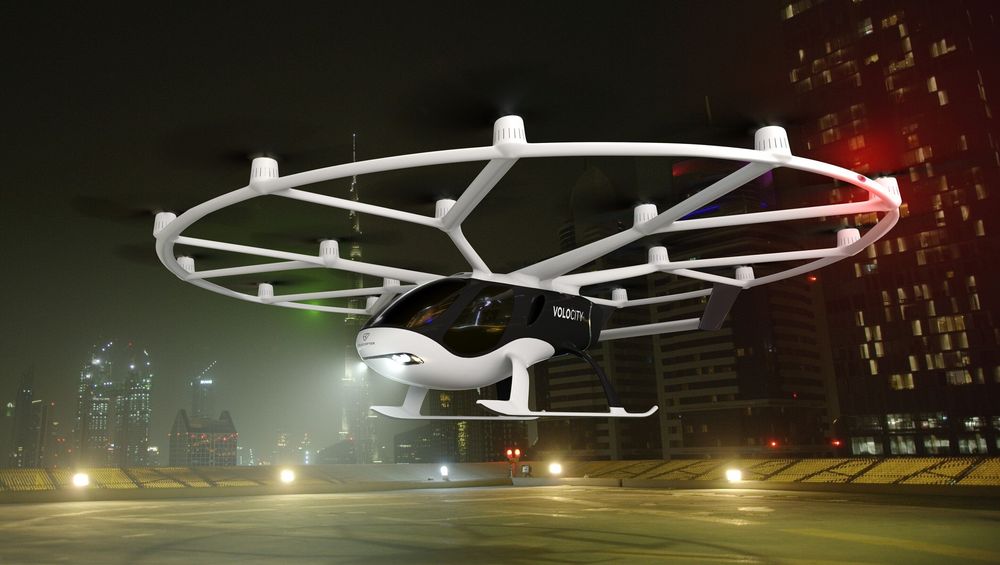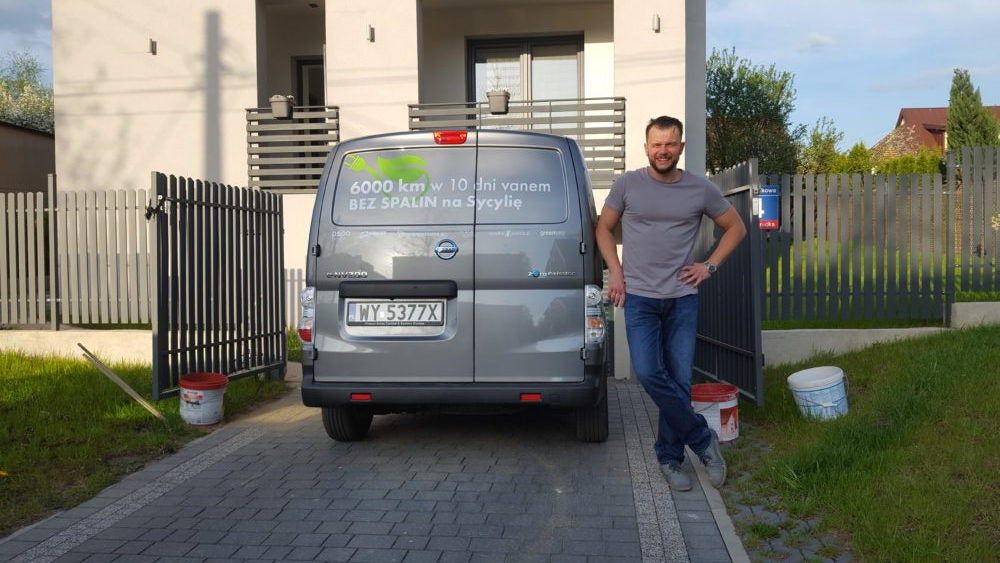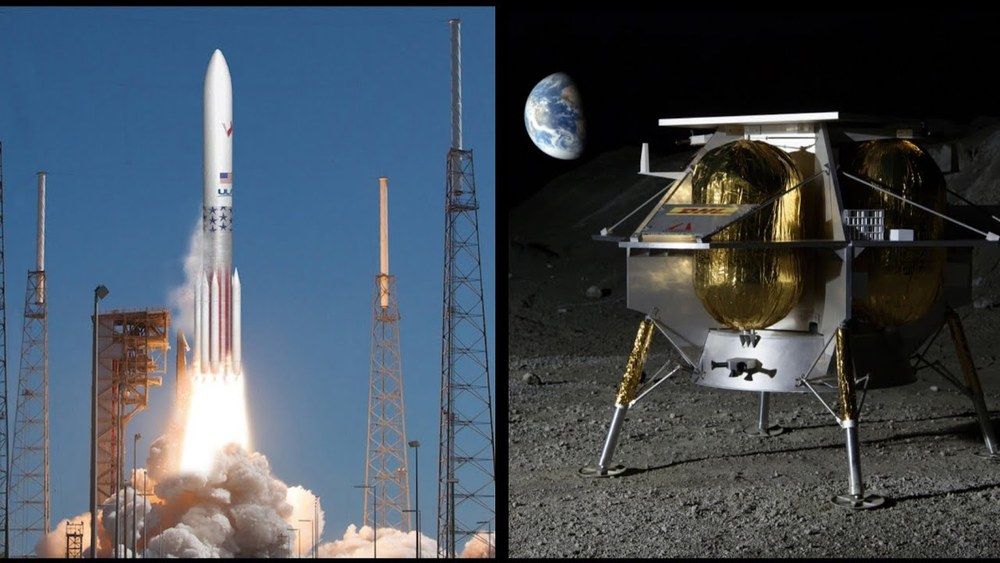General Motors is the latest automaker reported to be working on solid-state lithium batteries, thanks to a $2 million grant from Uncle Sam.
The money is part of a larger grant to develop more fuel-efficient powertrains, CNET reported. The company is expected to use the rest of the money to develop a lighter-weight, more efficient engine for medium duty trucks, perhaps to replace the company’s 6.2-liter V-8.
Solid-state lithium batteries replace the flammable liquid organic solvents such as ethylene carbonate as an electrolyte in conventional lithium batteries with a solid, ceramic electrolyte that isn’t flammable. That allows engineers to cram more lithium atoms into the battery to give it more energy without increasing volatility, which could lead to lighter, batteries for electric cars with longer ranges.









